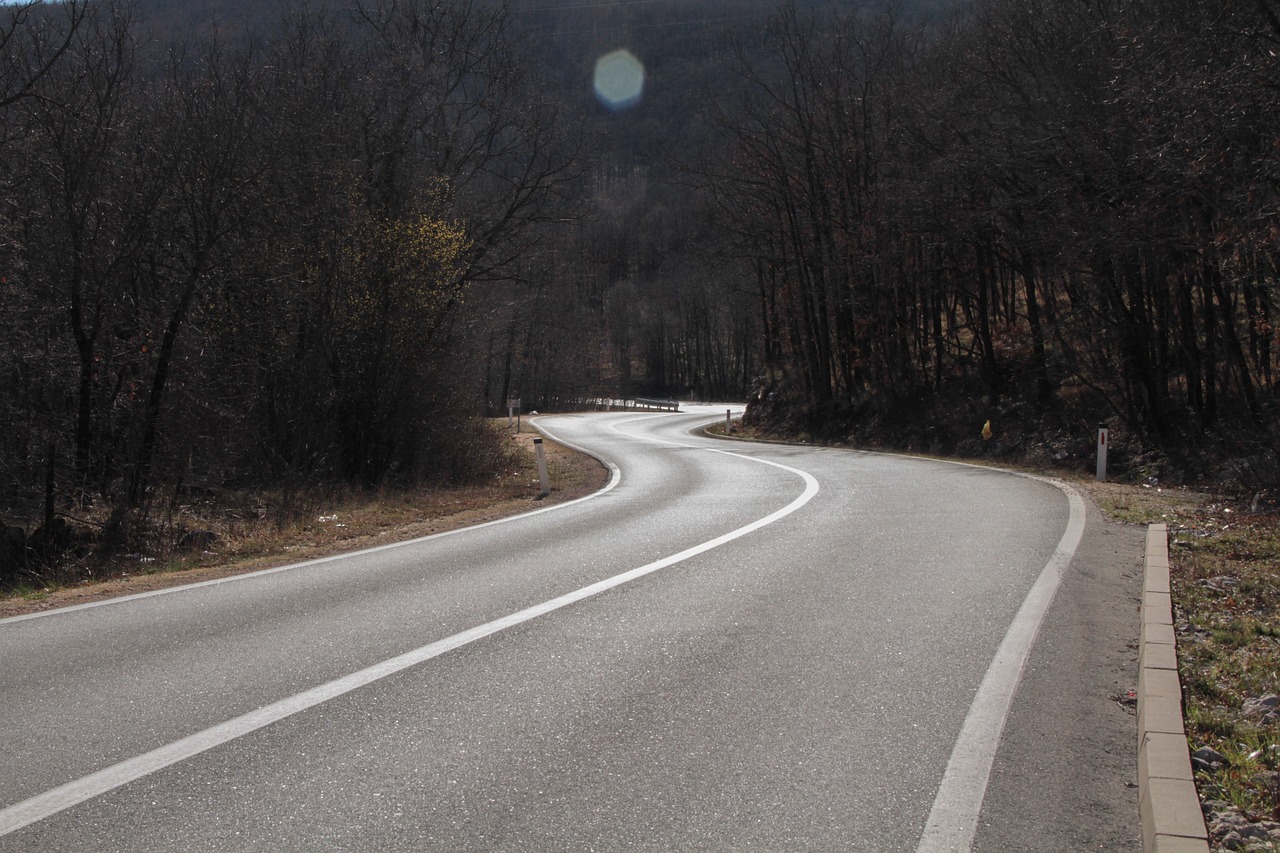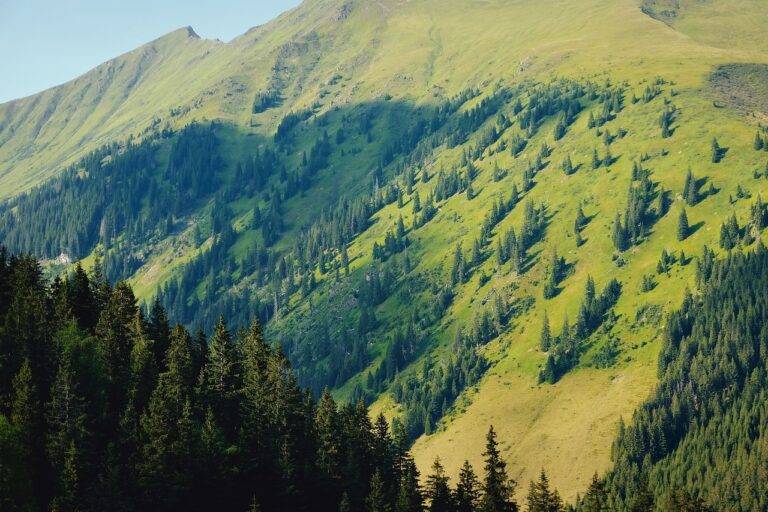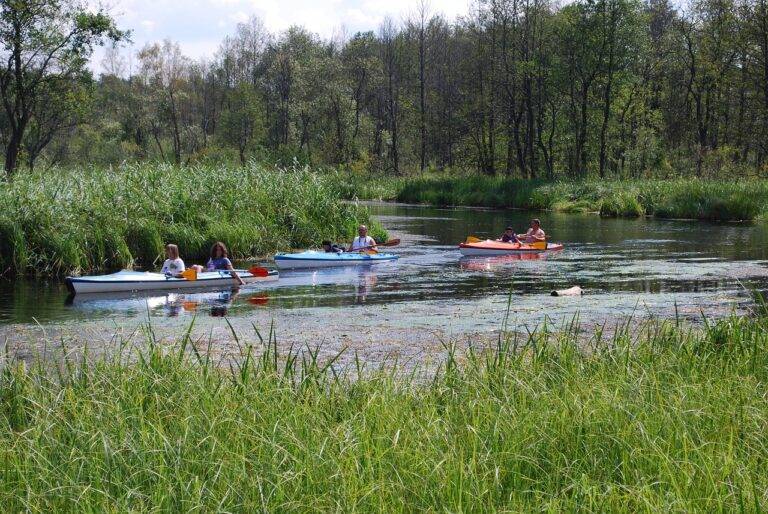Top 10 Desert Destinations for Adventure Seekers
Covering a vast expanse of over 3.6 million square miles, the Sahara Desert is the largest hot desert in the world. Spanning across multiple countries in North Africa, it is characterized by its arid climate and extreme temperatures, often reaching scorching levels during the day and plummeting at night. The landscape of the Sahara is predominantly rocky, sandy, and barren, with occasional sand dunes that tower over the horizon, forming breathtaking vistas in this seemingly endless desert.
Despite its harsh conditions, the Sahara Desert is home to a diverse array of flora and fauna that have adapted to survive in this unforgiving environment. From hardy desert plants like acacia trees and cacti to elusive desert dwelling animals such as the fennec fox and addax antelope, the Sahara supports a surprising amount of life. Nomadic tribes have also roamed the desert for centuries, mastering the art of survival in this challenging landscape through their deep knowledge of the land and its resources.
Atacama Desert, Chile
Considered one of the driest places on Earth, the Atacama Desert in Chile spans approximately 1,000 kilometers along the Pacific coast. With an average rainfall of less than 1 millimeter per year, this arid landscape exhibits a stark beauty that attracts tourists and researchers alike. The desert’s unique geographical features, such as salt flats, volcanic peaks, and otherworldly rock formations, offer a glimpse into a harsh yet awe-inspiring environment.
Despite its extreme aridity, the Atacama Desert is not devoid of life. Various species of resilient plants and animals have adapted to survive in this challenging environment. The desert’s ecosystems, including the rare flowering desert phenomenon and the presence of flamingos in saltwater lagoons, showcase nature’s ability to thrive against the odds in this seemingly desolate terrain.
What makes the Atacama Desert unique?
The Atacama Desert is considered one of the driest places on Earth, receiving very little rainfall each year. It is also home to unique flora and fauna that have adapted to the harsh conditions.
How does the Atacama Desert compare to the Sahara Desert in Africa?
While both deserts are known for their extreme dryness, the Atacama Desert is often considered even drier than the Sahara Desert. The Atacama Desert also has a unique landscape with salt flats, geysers, and colorful rock formations.
What are some popular attractions in the Atacama Desert, Chile?
Popular attractions in the Atacama Desert include the Valle de la Luna (Valley of the Moon), El Tatio Geysers, the salt flats of Salar de Atacama, and the town of San Pedro de Atacama.
Is it safe to visit the Atacama Desert?
While the Atacama Desert is a remote and harsh environment, it is generally safe for visitors. It is important to take precautions against the extreme dryness and high altitude, and to be prepared for the desert conditions.
Can you visit the Atacama Desert year-round?
Yes, the Atacama Desert can be visited year-round due to its consistent dry climate. However, certain times of the year may be more popular for tourists, such as during the cooler months of April to September.





